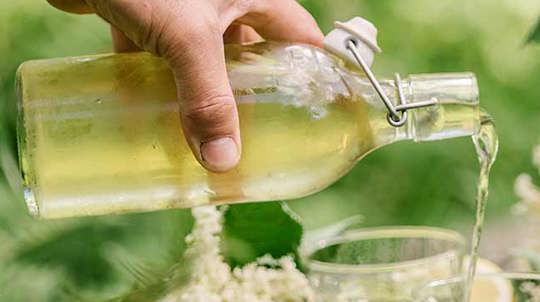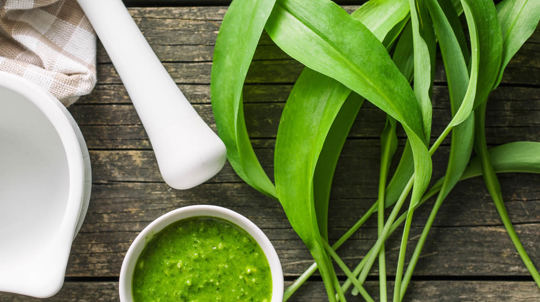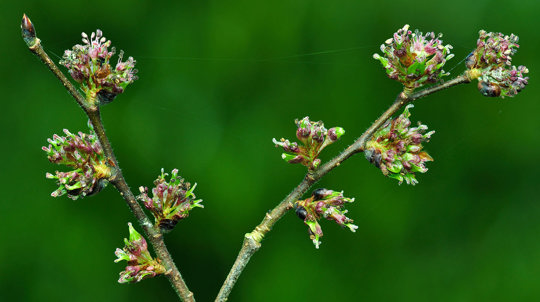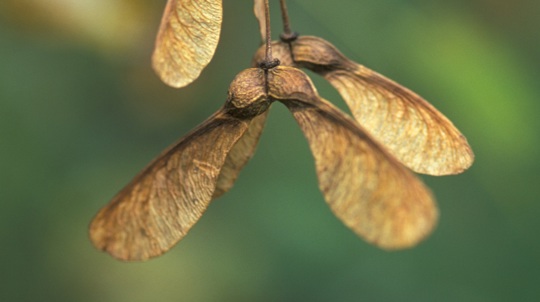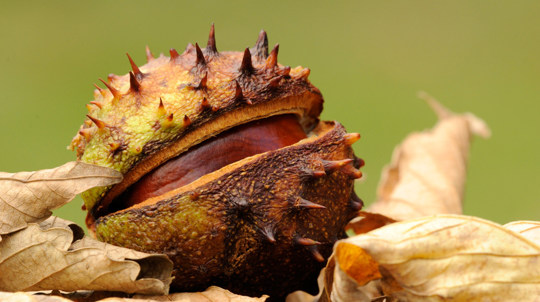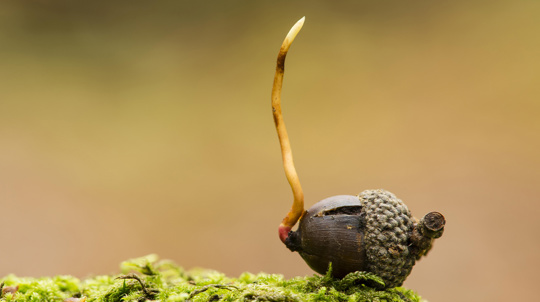Mast is the term used for the fruit of forest trees, such as acorns and beech seeds. A mast year is when the trees produce a bumper crop. Many scientists believe this is to occasionally produce more seeds than wildlife can eat, increasing the seeds’ chances of survival.
Are acorns edible? And other acorn facts

Public enquiries officer
Acorns are the favourite dish of many woodland creatures. Mice, squirrels and birds forage for these nutty treats during autumn and store them safely away for winter provisions. But did you know humans can eat acorns too? Here are some fantastic recipes to try, along with more fascinating acorn facts.
Are acorns edible?
Raw acorns contain tannins which can be toxic to humans and cause an unpleasant bitter taste. They are also poisonous to horses, cattle and dogs.
But by leaching acorns to remove the tannin, they can be made safe for human consumption. This can be done with hot or cold water, depending on how you want to use the acorns afterwards.
Be sure to wait until the acorns are ripe and have turned brown. Please remember to forage sustainably so that plenty of acorns are left for wildlife.
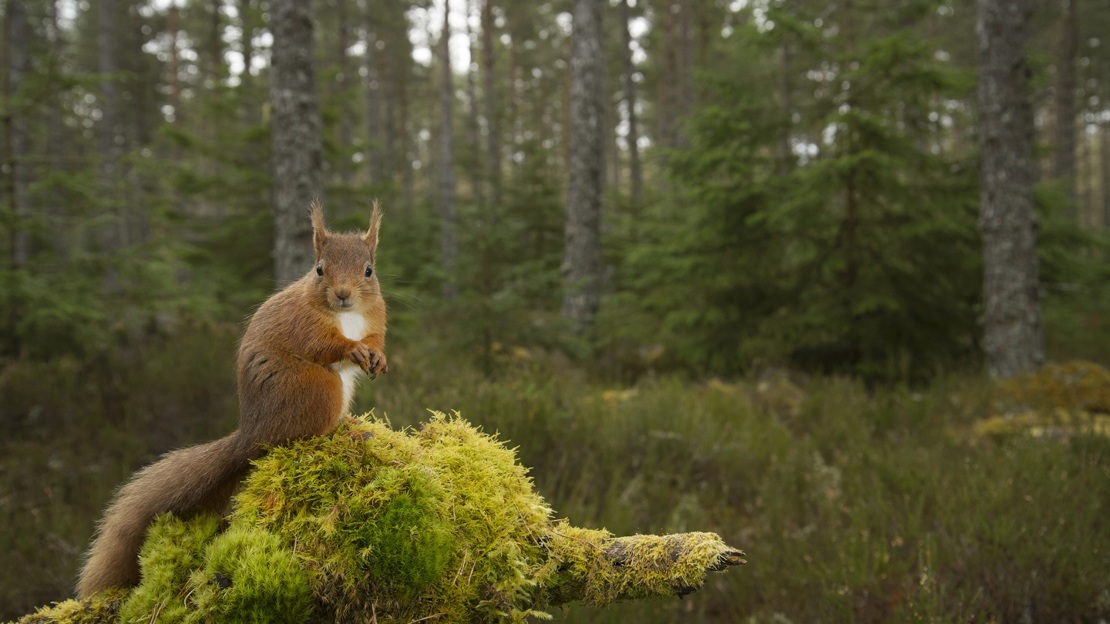
Leaching
Acorns can be ground to make flour for bread, pancakes, pastries, cookies and even pasta. If you plan to do this, it’s best to leach with cold water to preserve the starch and help the dough hold together better.
If you’re going to keep your acorns whole, or at least chunky, you can leach them with boiling water.
In both cases, follow the method below – just use hot or cold water according to your planned recipe.
- Shell your acorns. This can be fiddly and some claim it helps if you freeze them first, or use acorns collected in previous years.
- Soak the shelled acorns in hot or cold water.
- Once the water turns brown, drain it off and soak again in fresh hot or cold water.
- Repeat this process until the water is clear.
Roasted acorns
For those who enjoy a savoury snack, salted nuts are the perfect choice. Roasting is probably the easiest way to cook acorns. They can be added to a winter stew for extra bite too!
- After hot water leaching, place the damp chunks onto a baking tray and sprinkle with salt.
- Toast for 15-20 mins on a high heat.
- When the colour starts to darken, they’re ready.
- Cool and consume!
Acorn coffee
Acorn coffee is naturally caffeine free. It has a unique taste and is unlike traditional coffee, but it’s still delicious and warming.
- Leach with hot water, then lay the acorns out in an ovenproof dish.
- Roast on a low heat to dry slowly – this should take 1½ to 2 hours.
- Move the acorns around the dish regularly to stop them catching.
- The acorns will start to turn brown as they dry - you can choose whether you want a light or dark roast.
- Once roasted to your preference, remove the acorns and cool.
- Grind and enjoy!
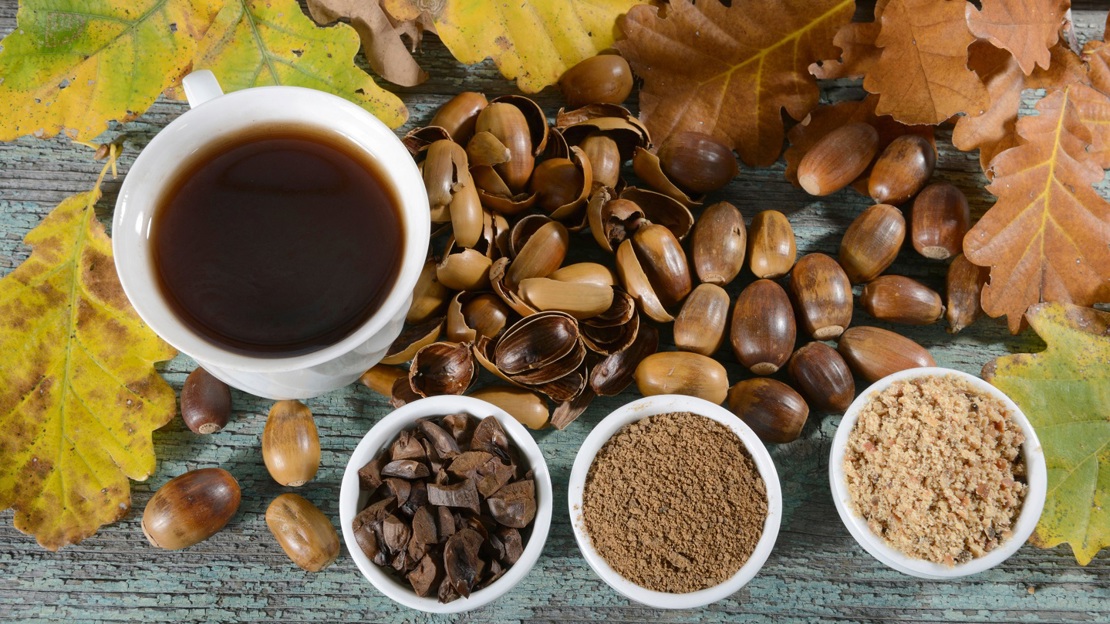
Acorn brittle
It’s an American classic that satisfies any sweet tooth. The principle is the same as peanut brittle, just with acorns instead!
You will need:
100g caster sugar
100g roasted acorns
Method:
- Leach with hot water.
- Tip the caster sugar into a saucepan over a low heat.
- Shake the pan gently as the sugar starts to melt and darken in colour.
- When the sugar turns dark brown, add your acorns and stir gently.
- Remove from the heat and pour into a baking tray lined with greaseproof paper.
- Leave to cool and harden at room temperature.
Acorn flour
- Shelled acorns turn a dark colour easily when exposed to open air, so some bakers prefer to shell straight into a bowl of water to preserve the light colour for their flour.
- Grind, blitz or chop your shelled acorns into small pieces and cover with cold water. Leave the mixture in a bowl or jar and change the cold water every day. The acorns are fully leached when the bitterness is gone, this usually takes a few days.
- Dry the mix by straining through a cheesecloth or muslin over a bowl. Gather the cloth and squeeze to extract the water. Discard the liquid.
- Tip the damp flour from the cloth onto a baking tray and put in the oven on a low heat to dry. This could take a couple of hours.
- Once dry, blitz the acorns in a food blender to create a fine floury powder.
- Store in the fridge or freezer.
- Use the flour exactly as you use ordinary wheat flour in baking or cooking.
Hungry for more?
More acorn facts
Do acorns grow into oak trees?
Yes, after falling in autumn, each acorn can produce a new oak sapling the following spring. But most acorns don’t get the chance – they are a rich food source for wildlife including jays, mice, badgers and squirrels. The majority tend to be munched before they can germinate.
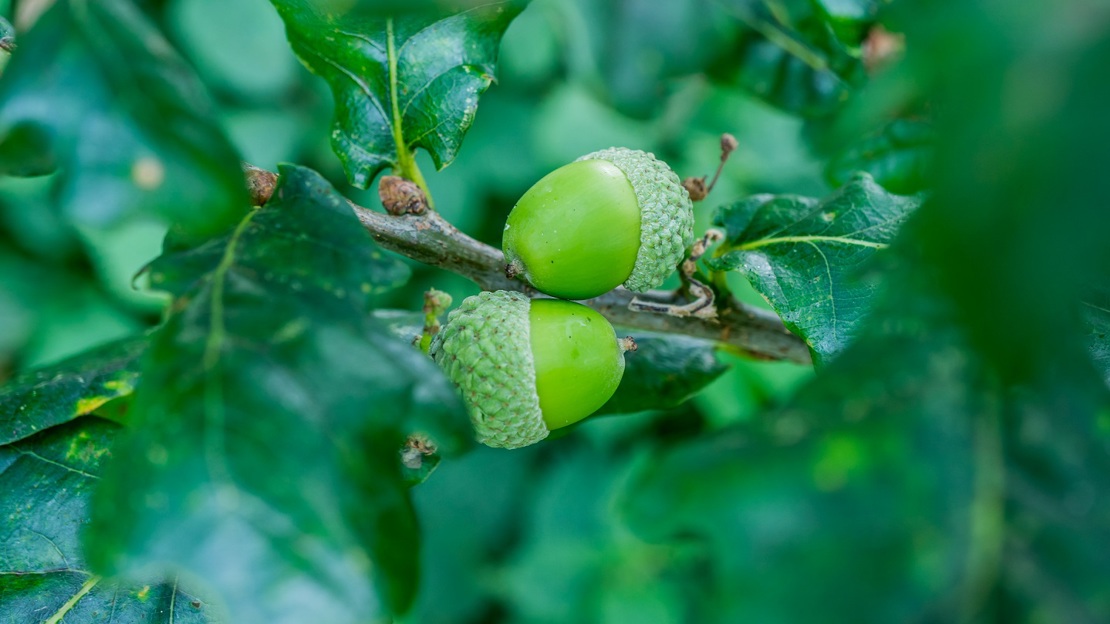
The acorns of English oak – also known as pedunculate oak - grow on stalks (or peduncles). Acorns on a sessile oak are stalkless.
Does acorn size affect the size of the tree that grows?
Acorn size can vary from tree to tree. Environmental factors will play a big role. Seed production takes a lot of energy so a good growing season and good habitat is essential for bigger acorns.
It takes centuries for oaks to reach their full size, so it’s not surprising we have no studies following seeds through to maturity. But a study at the Croatian Forest Research Institute found that bigger acorns produced taller saplings with more bio-matter (in other words, they weighed more). This was confirmed in a follow-up study by the Serbian Institute of Forestry.
So it seems acorn size does matter - larger acorns lead to larger saplings. There are no studies on whether this benefit lasts throughout the tree’s life, but we believe it’s probably just an early competitive advantage. Growth rates likely even out as the trees mature and are subject to fewer selection pressures.
Do acorns keep spiders away?
We’re not aware of any evidence for this. Some people swear by conkers though – read more in our blog Do conkers keep spiders away? And more conker facts.
Why do acorns fall?
Acorns are the fruit of the oak tree. They contain the seeds that can grow new oak trees, and falling to the ground is part of the tree’s lifecycle – this is how it reproduces. Having reached the ground, the acorns can grow into new oak trees or be carried off to new locations by wildlife.


